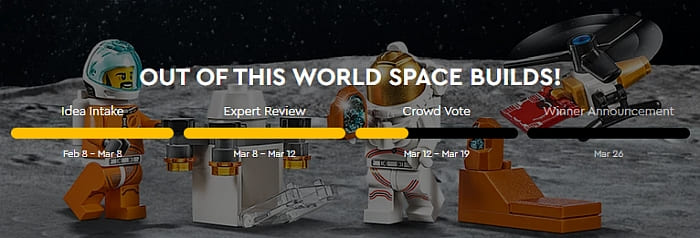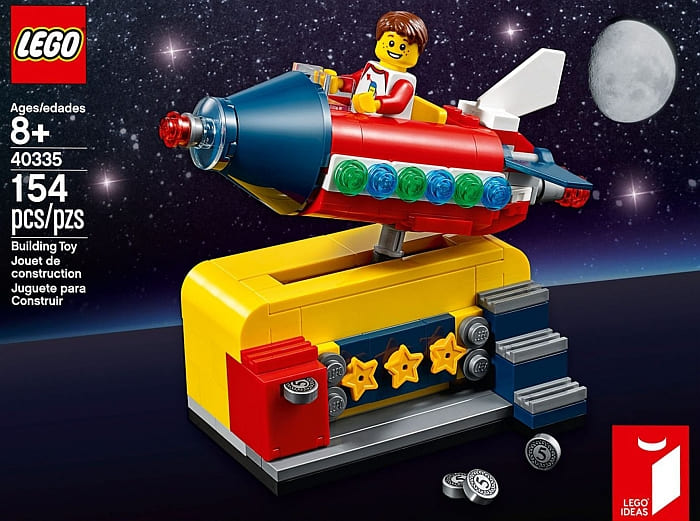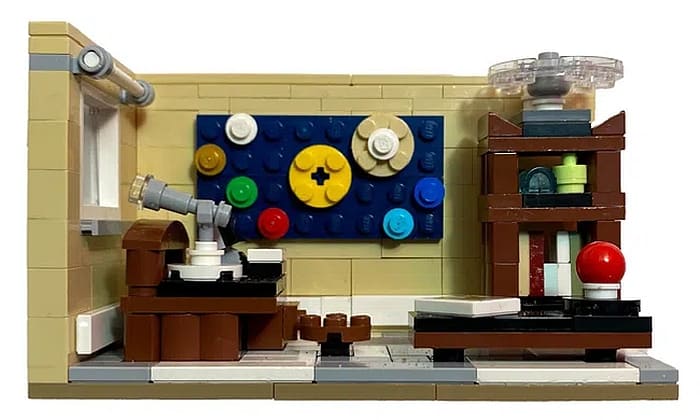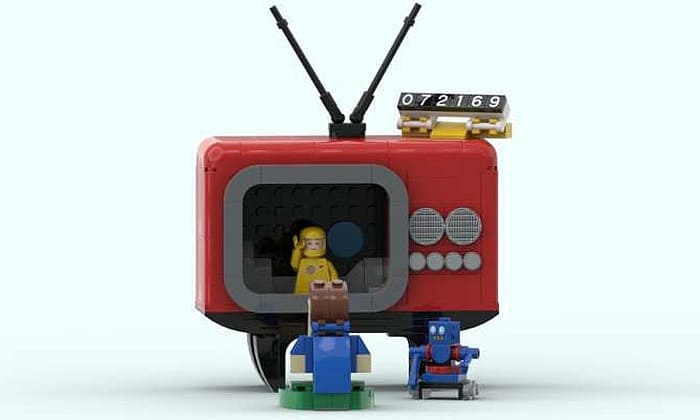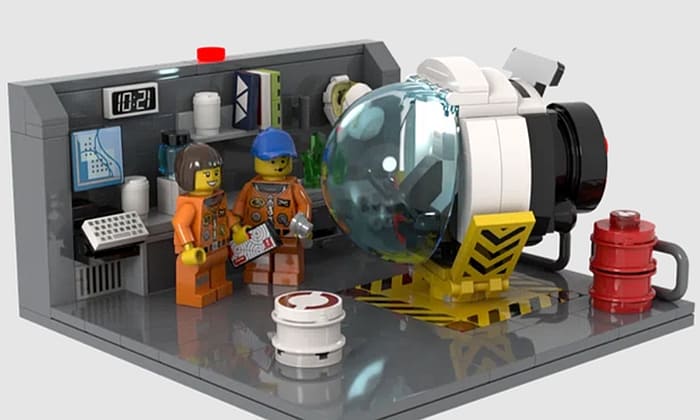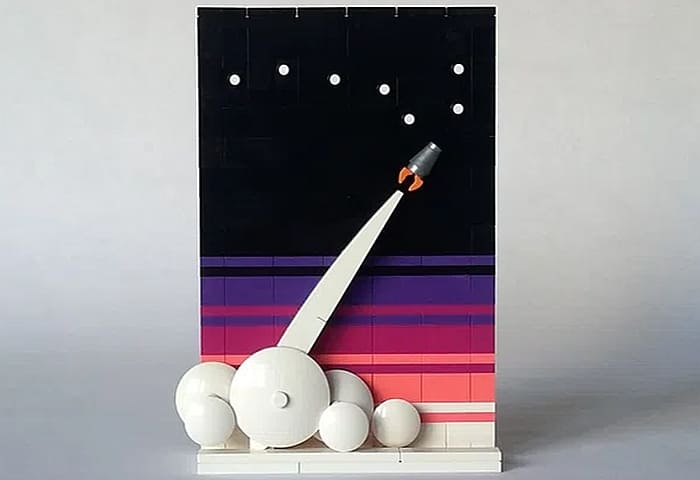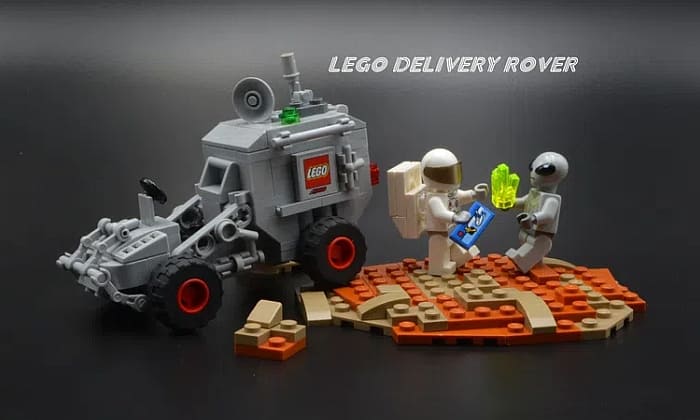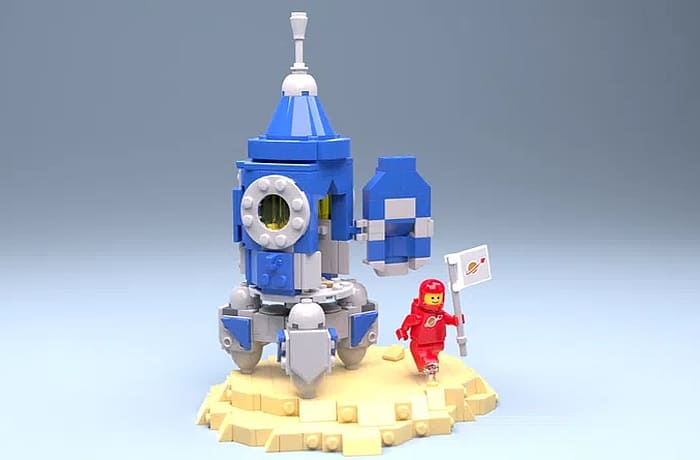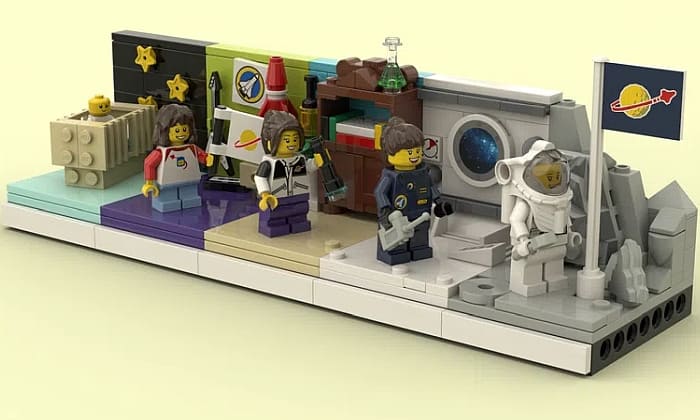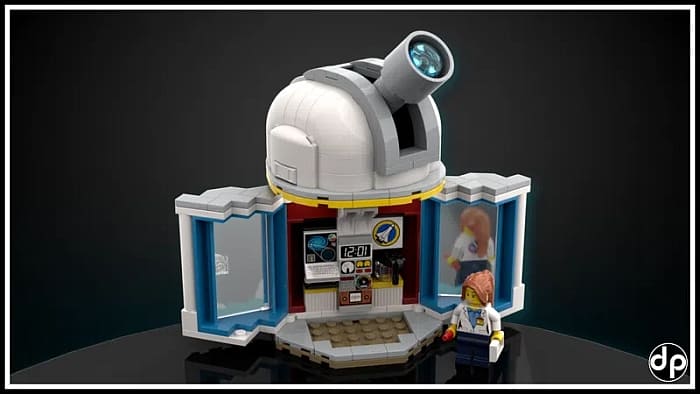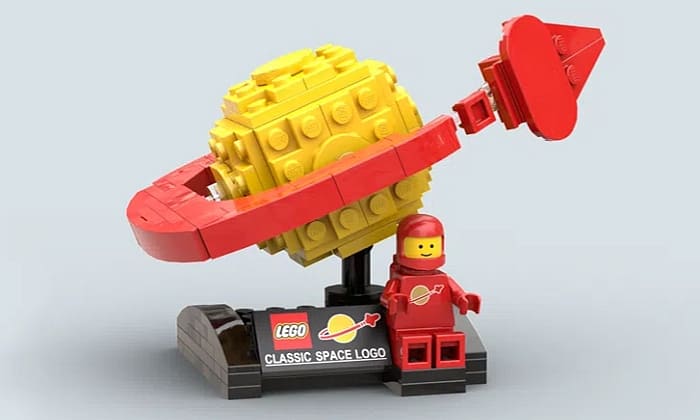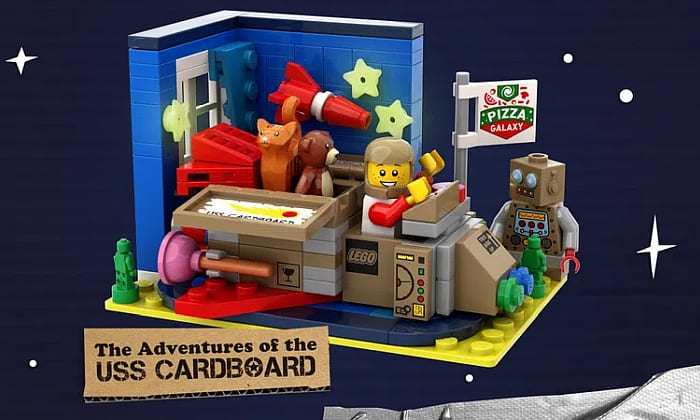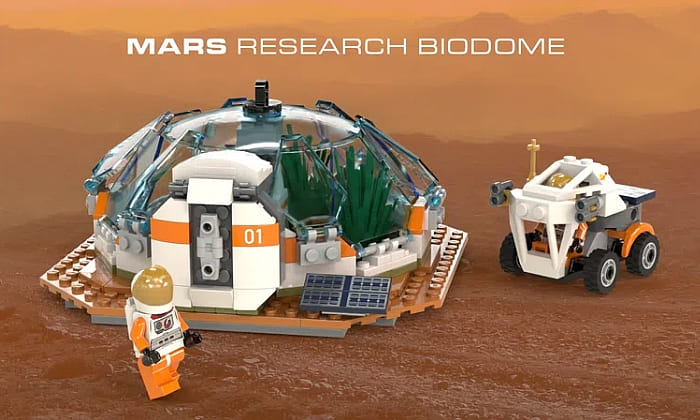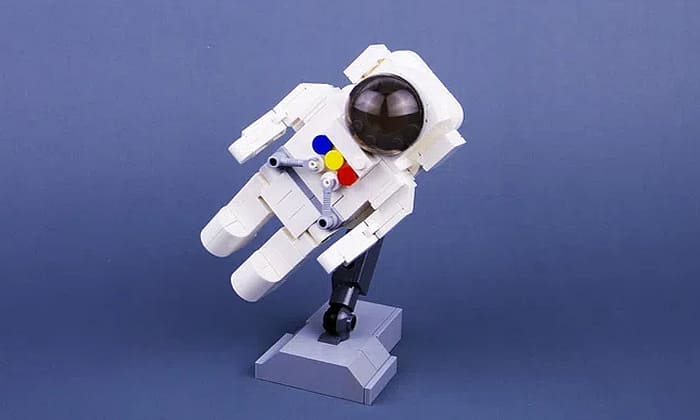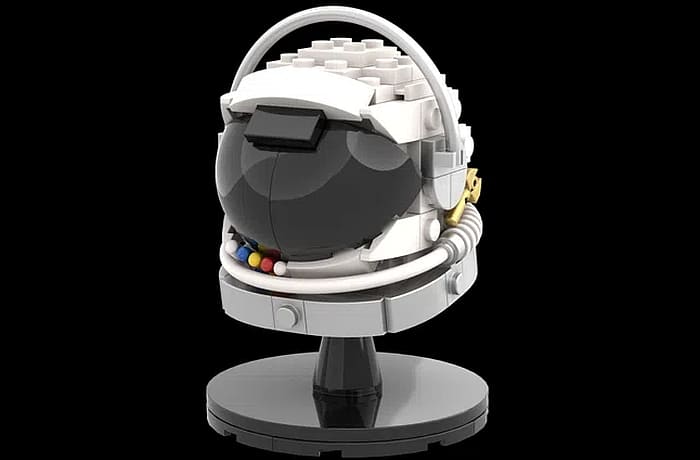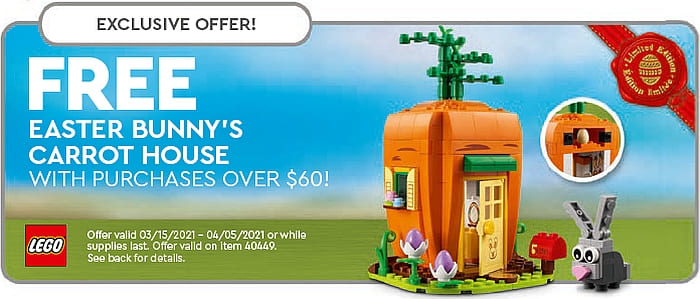A couple of days ago, LEGO revealed the next steps in the collaboration between LEGO Ideas and BrickLink via the BrickLink Designer Program: 2021 Invitational.
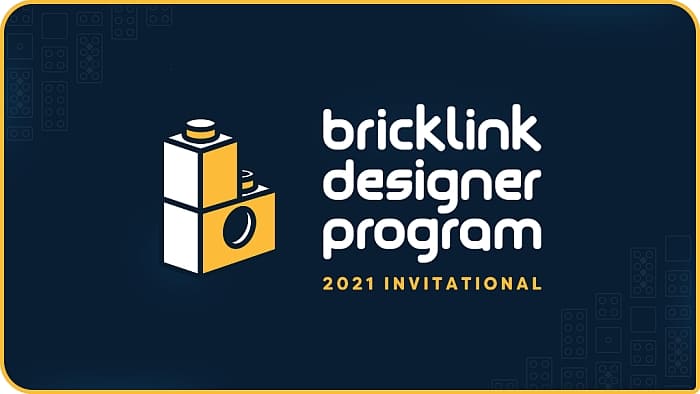
As communicated in December 2020, LEGO planned to invite a selection of LEGO Ideas members and their 10K Club submissions to participate in the pilot program, the purpose being to realize more of the amazing fan designs that are submitted to LEGO Ideas.
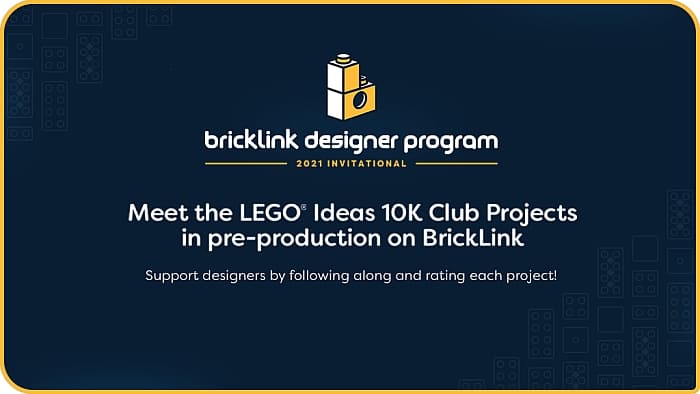
The result has been that 27 members have agreed to participate with 31 10K Club projects. In fact, almost 100% of the invited members deciding to accept LEGO’s invitation to the program.
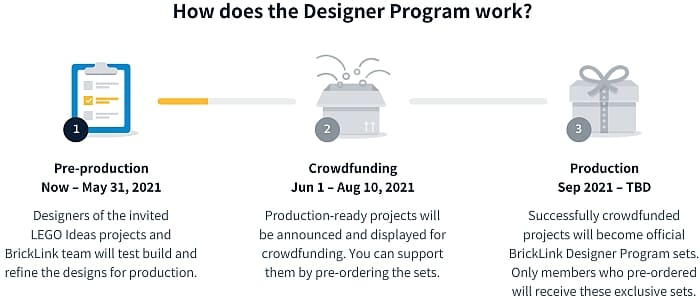
The designers are already very busy at work on their designs in the pre-production phase. In this phase, designers must re-work their designs to fit a few program requirements, such as having to build their creations digitally in BrickLink Studio using a particular palette of LEGO bricks and colors, resizing their designs to fit between 400-4,000 elements, and more.
“This is very cool: I am in control of designing the final product” – Stephan Niks, Creator of Anatomini
The pre-production phase, which ends May 31st. will also include testing phases. Submissions must pass the pre-production phase and deadline in order to have their design(s) eligible for crowdfunding.

On the landing page, you can find the overall timeline for the program as well as an in-depth FAQ that can hopefully assist you with answers to your questions. The BrickLink team will also be available to answer your questions.
Below are some frequently asked questions about the BrickLink Designer Program that you might be interested in, and there is also an in-depth and updated FAQ that can be found on BrickLink
WHY WERE SO MANY OTHER 10K CREATORS NOT INVITED TO PARTICIPATE IN THE BDP 2021 INVITATIONAL? – Considering the maximum number of sets LEGO can produce, only 32 projects were selected among all the unrealized LEGO Ideas projects. No IP-based models are invited to the program as they cannot be produced through this program.
WHAT WILL HAPPEN TO DESIGNS THAT DON’T MEET THE PROGRAM CRITERIA DURING THE PRE-PRODUCTION PHASE? – Designers of all the participating projects have to revise their original design to meet the program requirements and pass the test building before May 31st. Only the projects that meet the production requirements will be listed for crowdfunding.
HOW MANY DESIGNS WILL BECOME BRICKLINK DESIGNER PROGRAM SETS? – Only the first 13 projects to reach the crowdfunding goal will become BrickLink Designer Program sets.
WHAT WILL HAPPEN TO THE DESIGNS THAT DON’T REACH THE CROWDFUNDING GOAL OR ARE NOT AMONG THE 13 QUICKEST TO HIT THEIR GOAL? – The remaining projects in the crowdfunding phase that don’t become BrickLink Designer Program sets will be sold as digital Building Instructions only, so that you can still have an opportunity to find your own bricks to build them.
HOW ARE FAN CREATORS COMPENSATED FOR THEIR IDEAS? – Fan designers will receive a 10% royalty fee for BrickLink Designer Program sets, while designers of Digital Building Instructions will receive a 75% royalty fee.
WHEN WILL I BE ABLE TO BACK (PRE-ORDER) PARTICULAR SETS? – The BrickLink Designer sets will be manufactured from September of 2021 and LEGO aims to ship the first batch in November. LEGO will be able to share more realistic shipping schedule when the manufacturing process begins.
WILL LEGO MODIFY THE ORIGINAL LEGO IDEAS DESIGN DURING PRODUCTION? – In the BrickLink Designer Program, LEGO do not intend to change the original designs that are loved by the fans, but there can be inevitable modifications due to production requirements, such as part availability and stability issues. All design revisions will be done by the original designer, and the revision history will be shared on the project’s details page.
What do you think? How do you like the idea of the BrickLink Designer Program? Are you excited that more LEGO Ideas projects will be released under the new program? Feel free to share your thoughts and discuss in the comment section below!
And you might also like to check out the following related posts:


